Legumes are a fantastic source of protein, fiber, and various vitamins, making them a valuable addition to any diet. Learning How To Cook Legumes not only enhances your culinary skills but also allows you to nourish your body with their many health benefits. With an array of legumes including beans, lentils, peas, and chickpeas, this guide will walk you through the fundamentals of preparing and cooking these nutritious foods.
For a deeper understanding of legumes, you can read about their various types and uses in this recipe link.
What Are Legumes?
Legumes are classified as seeds from pod-bearing plants and include varieties such as lentils, peas, and beans. Nutritionally, they are rich in protein, fiber, and essential vitamins, making them an excellent choice for a well-balanced diet. Here are some popular types of legumes:
- Lentils
- Beans (e.g., kidney, black, pinto)
- Chickpeas
- Peas
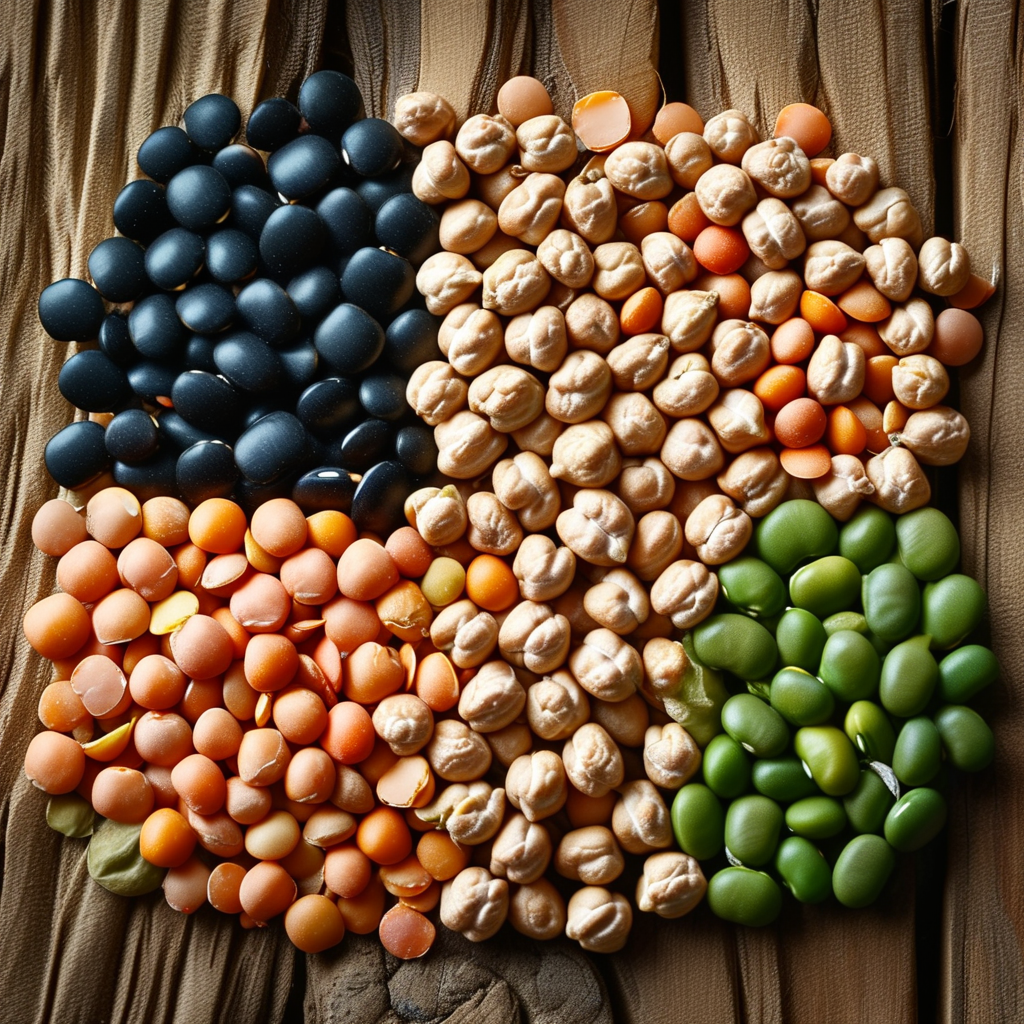
Benefits of Cooking Legumes
Cooking legumes provides numerous health benefits, contributing to heart health and digestive health while also being an economical choice. Here are some key benefits of cooking legumes:
- Improves digestibility
- Enhances flavors
- Cost-effective source of plant-based protein
- Versatile in a variety of recipes
Preparing Legumes for Cooking
1. Selecting Legumes
When choosing legumes, look for high-quality options characterized by freshness and vibrant colors. It’s important to note the differences between dry and canned legumes:
- Dry legumes are more cost-effective and have a longer shelf-life.
- Canned legumes are convenient but often contain added sodium.
2. Cleaning and Soaking
Before cooking, rinse and clean your legumes thoroughly. Soaking them is crucial; you may use either overnight soaking or quick soak methods for better texture and flavor.
Cooking Methods for Legumes
1. Boiling
Boiling is one of the simplest ways to cook legumes. Here’s how to do it:
- Rinse legumes and choose a pot size accordingly.
- Cover with water and bring to a boil.
- Reduce heat and simmer until tender (cooking times vary by type).
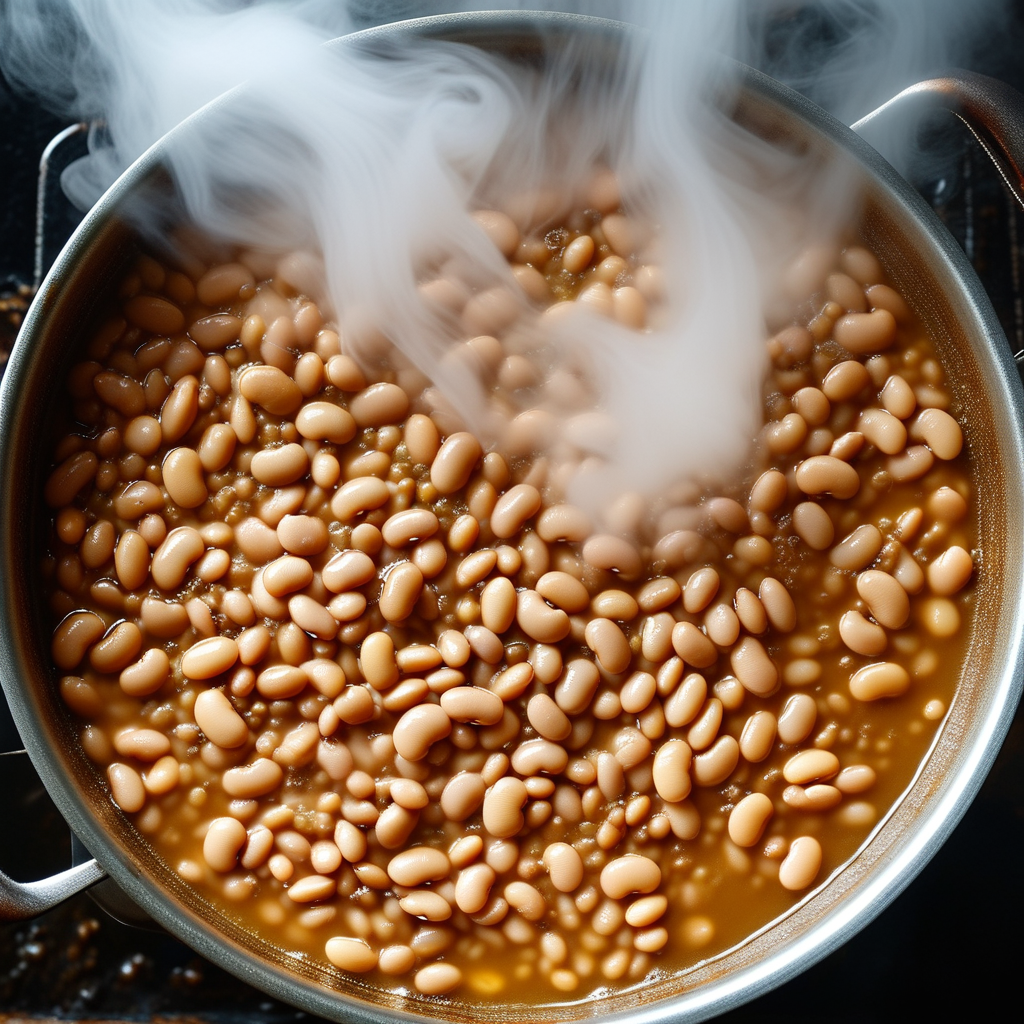
2. Pressure Cooking
Pressure cooking legumes significantly reduces cooking time while maintaining nutrients. Follow these steps for perfect results:
- Prepare and rinse legumes.
- Add to the pressure cooker with adequate water.
- Set according to the manufacturer’s instructions.
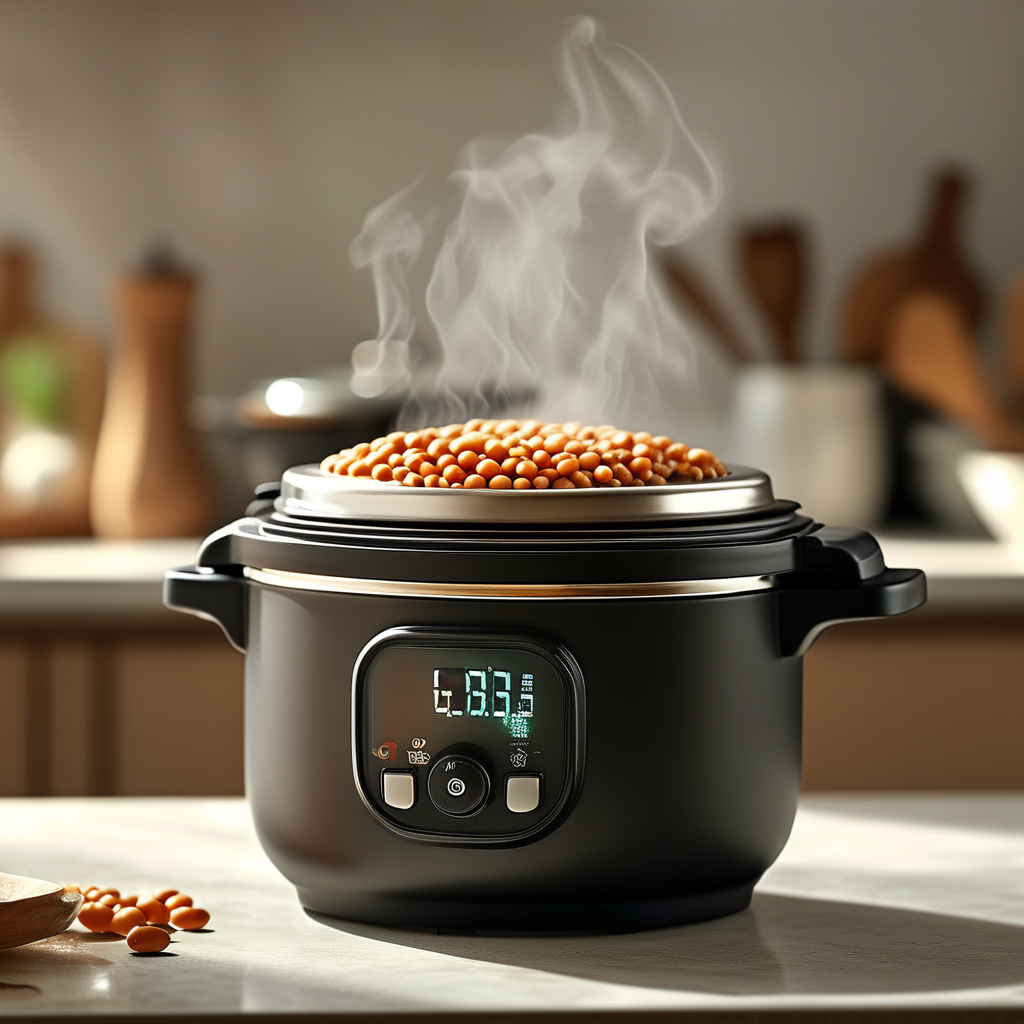
3. Slow Cooking
Using a slow cooker is another excellent method. Here’s how you can prepare legumes:
- Add soaked or unsoaked legumes to the slow cooker.
- Cover with water or broth and season as desired.
- Cook on low for several hours until tender.
4. Baking
Baking legumes can create wonderful dishes. Try making baked beans for a delicious side. Here’s a quick recipe suggestion:
- Combine soaked beans with molasses, mustard, and spices, then bake until soft.
Tips for Cooking Perfect Legumes
To achieve the best results when cooking legumes, keep these tips in mind:
- Consider adding salt only at the end of cooking.
- Avoid overcooking to prevent mushiness.
- Store cooked legumes in the refrigerator for up to a week.
Delicious Recipes Using Cooked Legumes
1. Classic Lentil Soup
For a comforting meal, try this classic lentil soup recipe:
- Ingredients: lentils, carrots, celery, onions, and spices.
- Instructions: Sauté vegetables, add lentils and broth, simmer until tender.
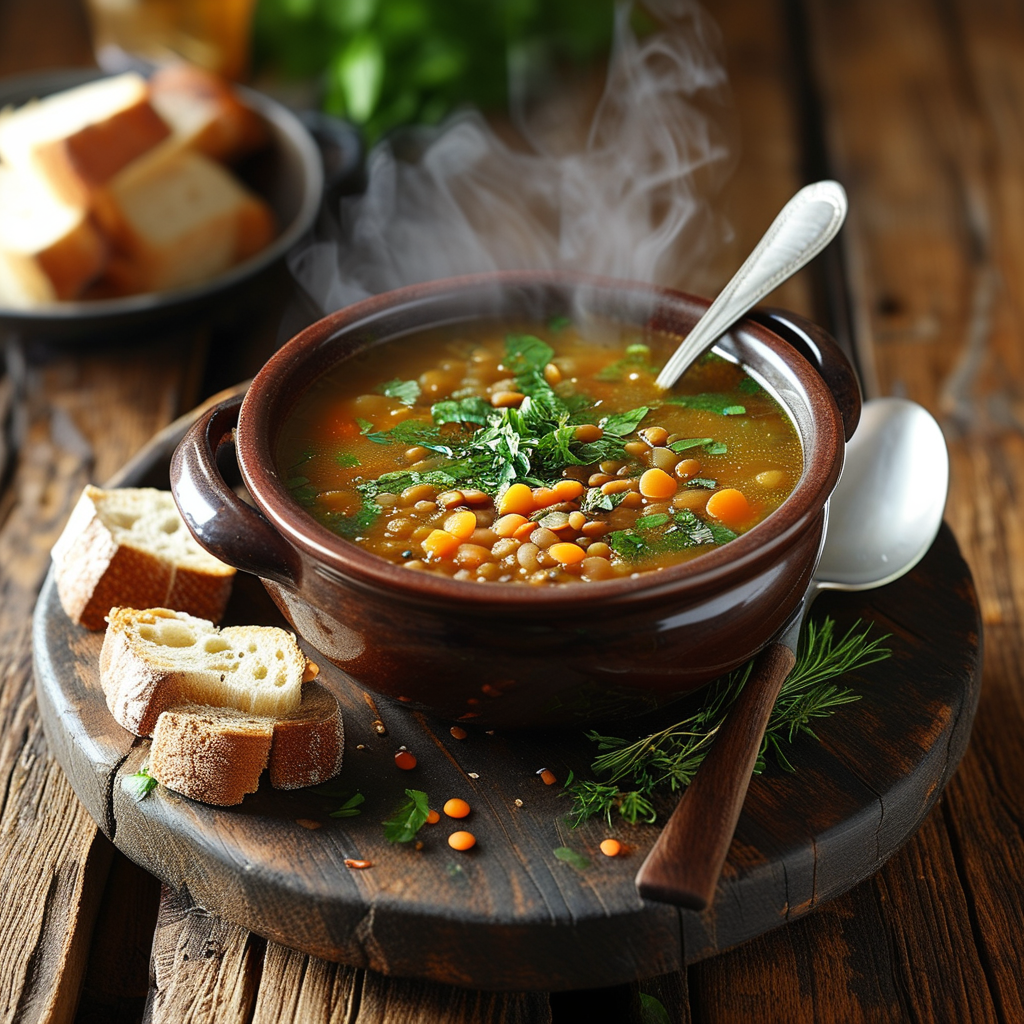
2. Chickpea Salad
For a refreshing dish, consider this chickpea salad:
- Ingredients: chickpeas, cucumbers, tomatoes, and a lemon dressing.
- Instructions: Mix all ingredients in a bowl and serve chilled.
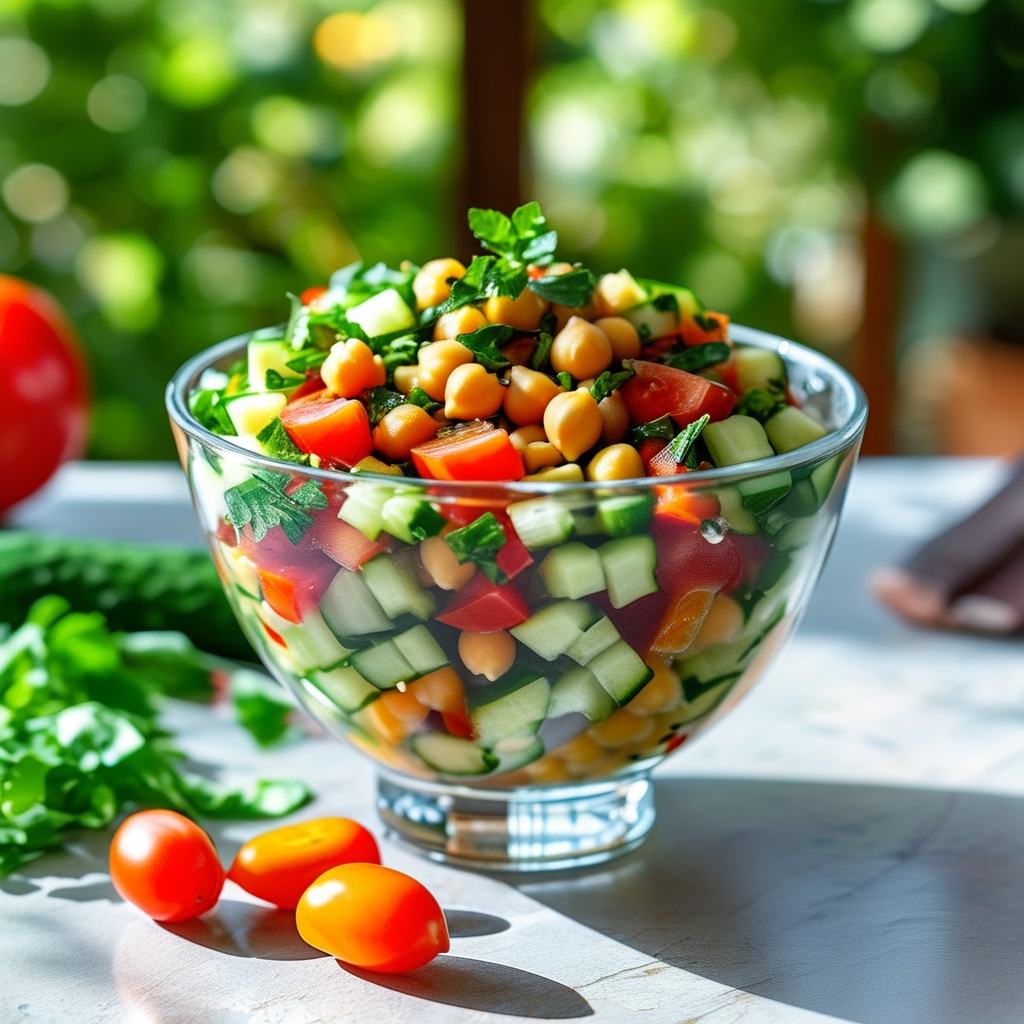
3. Black Bean Tacos
Whip up these quick black bean tacos:
- Simply fill taco shells with seasoned black beans, toppings, and enjoy.
Frequently Asked Questions
Here are some common questions about cooking legumes:
- How long do I need to soak legumes?
- Can I cook legumes without soaking?
- What is the difference between dried and canned legumes?
- How can I enhance the flavor of legumes when cooking?
- Are legumes hard to digest?
Legumes are nutrient-rich, versatile, and easy to incorporate into your meals. Not only do they offer numerous health benefits, but they also present a variety of cooking methods. Experiment with different types of legumes to enrich your culinary experience!
Conclusion
In summary, legumes are a powerhouse of nutrition that enrich any meal. Explore various cooking methods and delicious recipes to fully enjoy these fantastic ingredients. Start trying out new recipes today and unlock the potential of legumes in your kitchen! Mastering How To Cook Legumes will elevate your dishes and provide you with endless culinary possibilities.
For more culinary inspiration, check out our guide on culinary success and discover creative ways to bring joy to your kitchen!
Additionally, if you’re interested in dessert, don’t miss our easy pie crust recipe—a perfect complement to your meal preparations!
For those who love sweet treats, try our fudgy brownie recipe for dessert ideas that everyone will love!